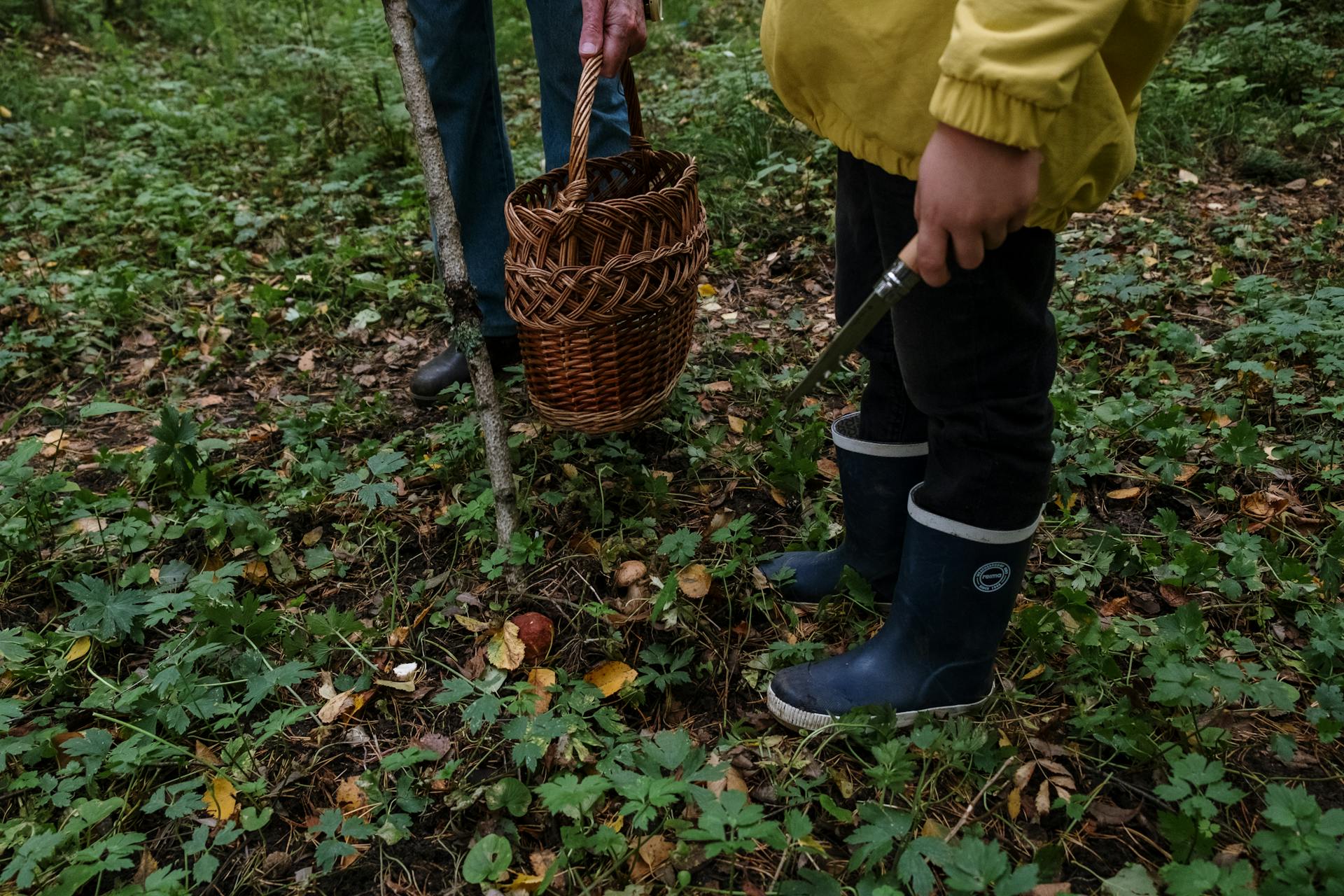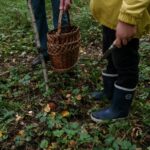A self-sufficient garden is more than just a collection of plants—it’s a step toward independence, sustainability, and a healthier lifestyle. By growing your own fruits, vegetables, and herbs, you reduce reliance on store-bought produce, save money, and have greater control over what you eat. Ready to get your hands dirty and start your own self-sufficient garden? Here’s a comprehensive guide to help you grow your way to self-reliance.
1. Define Your Goals
Before you dig into the soil, take some time to plan your garden with clear objectives in mind. Ask yourself:
- What do you want to grow? (e.g., vegetables, fruits, herbs, or a mix)
- How much space do you have available?
- What are your primary motivations—saving money, improving food security, or adopting a sustainable lifestyle?
By defining your goals upfront, you’ll have a clearer direction for your gardening journey.
2. Choose the Right Location
The success of your self-sufficient garden starts with the right location. Consider the following factors:
- Sunlight: Most edible plants need 6–8 hours of direct sunlight daily. Observe your yard or balcony to identify sunniest spots.
- Soil Quality: Fertile, well-draining soil is a must. If your soil is clay-heavy or sandy, you may need to amend it with organic compost.
- Water Access: Ensure your garden is close to a water source for easy watering.
If you’re working with limited space, consider container gardening, vertical gardening, or raised beds.
3. Plan Your Layout
A well-organized garden is more productive and easier to maintain. Use graph paper or online garden planners to map out your layout. Group plants with similar water, sunlight, and soil needs together.
- Crop Rotation: Avoid planting the same crops in the same spot year after year to prevent soil depletion and reduce pests.
- Companion Planting: Pair plants that benefit each other. For example, tomatoes and basil make good companions because basil repels pests.
4. Select the Right Crops
Choose crops based on your local climate, soil type, and dietary preferences. Prioritize plants that are hardy, high-yield, and easy to grow, especially if you’re a beginner. Some great options include:
- Vegetables: Tomatoes, peppers, beans, zucchini, carrots, and leafy greens like spinach or kale.
- Fruits: Strawberries, raspberries, and dwarf fruit trees.
- Herbs: Basil, parsley, thyme, and chives.
Research the planting seasons for your region and stagger your planting to ensure a continuous harvest throughout the year.
5. Build Healthy Soil
Healthy soil is the foundation of a thriving garden. Start by testing your soil to determine its pH level and nutrient content. You can purchase soil testing kits or send samples to a local agricultural extension service.
Improve your soil by:
- Adding organic compost or well-rotted manure.
- Using natural soil amendments like bone meal or rock phosphate.
- Mulching to retain moisture and suppress weeds.
6. Learn to Compost
Composting is a great way to recycle kitchen scraps and yard waste while enriching your soil. Create a compost pile or bin in your yard and add a mix of “greens” (e.g., vegetable peels, grass clippings) and “browns” (e.g., dry leaves, shredded paper). Turn the pile regularly for aeration, and you’ll have nutrient-rich compost ready in a few months.
7. Set Up a Watering System
Efficient watering is crucial for a self-sufficient garden. Here are some tips:
- Install a rain barrel to collect rainwater for irrigation.
- Use soaker hoses or drip irrigation systems to deliver water directly to plant roots, reducing waste.
- Water early in the morning or late in the afternoon to minimize evaporation.
8. Protect Your Garden
Pests, weeds, and harsh weather can threaten your hard work. Take preventive measures to safeguard your garden:
- Pest Control: Use natural solutions like neem oil, insecticidal soap, or companion plants to repel pests. Introduce beneficial insects like ladybugs and praying mantises.
- Weed Management: Apply mulch to suppress weeds, and hand-pull them regularly to prevent competition for nutrients.
- Frost Protection: Cover plants with frost blankets or cloches during cold weather.
9. Practice Sustainable Gardening
A self-sufficient garden thrives on sustainable practices. Focus on reducing waste, recycling resources, and working in harmony with nature. Some ideas include:
- Rotating crops annually to maintain soil health.
- Saving seeds from heirloom plants for future planting.
- Incorporating perennials like asparagus or rhubarb for low-maintenance food production.
10. Harvest and Preserve Your Produce
The reward of a self-sufficient garden is the delicious, homegrown produce. Harvest fruits and vegetables at their peak ripeness for the best flavor and nutrition. Learn preservation techniques to make the most of your bounty:
- Canning: Store fruits and veggies in jars for long-term use.
- Freezing: Freeze produce like berries, peas, or green beans.
- Drying: Dehydrate herbs or fruits for later use.
11. Keep Learning and Adapting
Gardening is a lifelong learning process. Stay curious and open to new techniques, experiment with different crops, and adapt your methods to suit changing conditions. Join local gardening groups or online forums to share tips and experiences with fellow enthusiasts.
Starting a self-sufficient garden is a rewarding journey that empowers you to take control of your food, reduce waste, and connect with nature. By following these steps, you’ll be well on your way to cultivating a garden that supports your lifestyle and inspires a more sustainable future. Happy gardening!







Leave a Reply